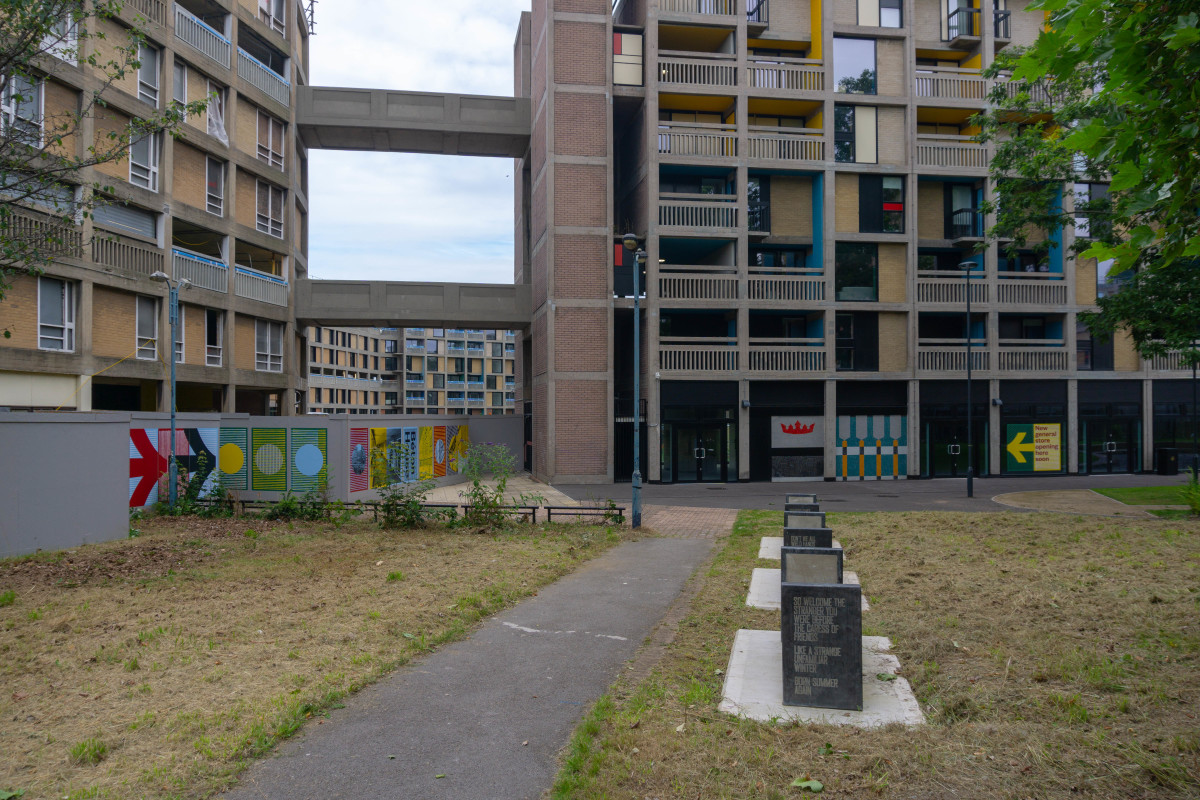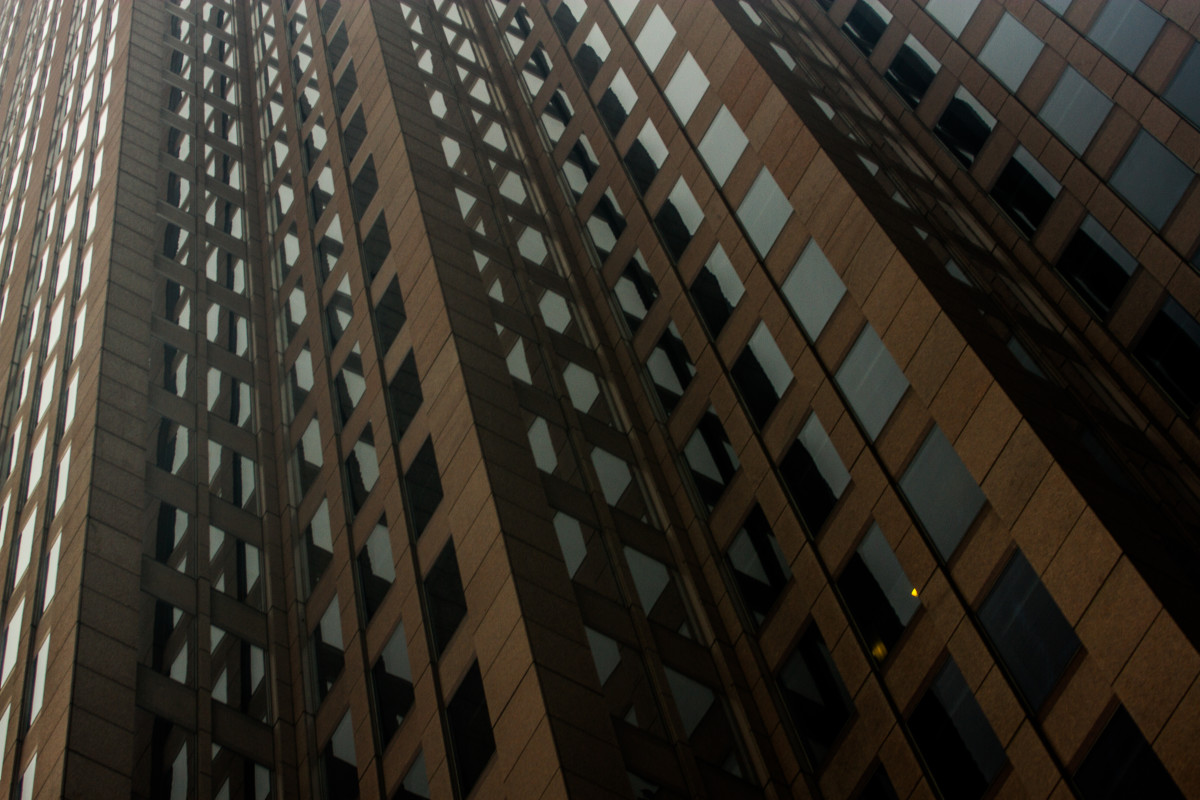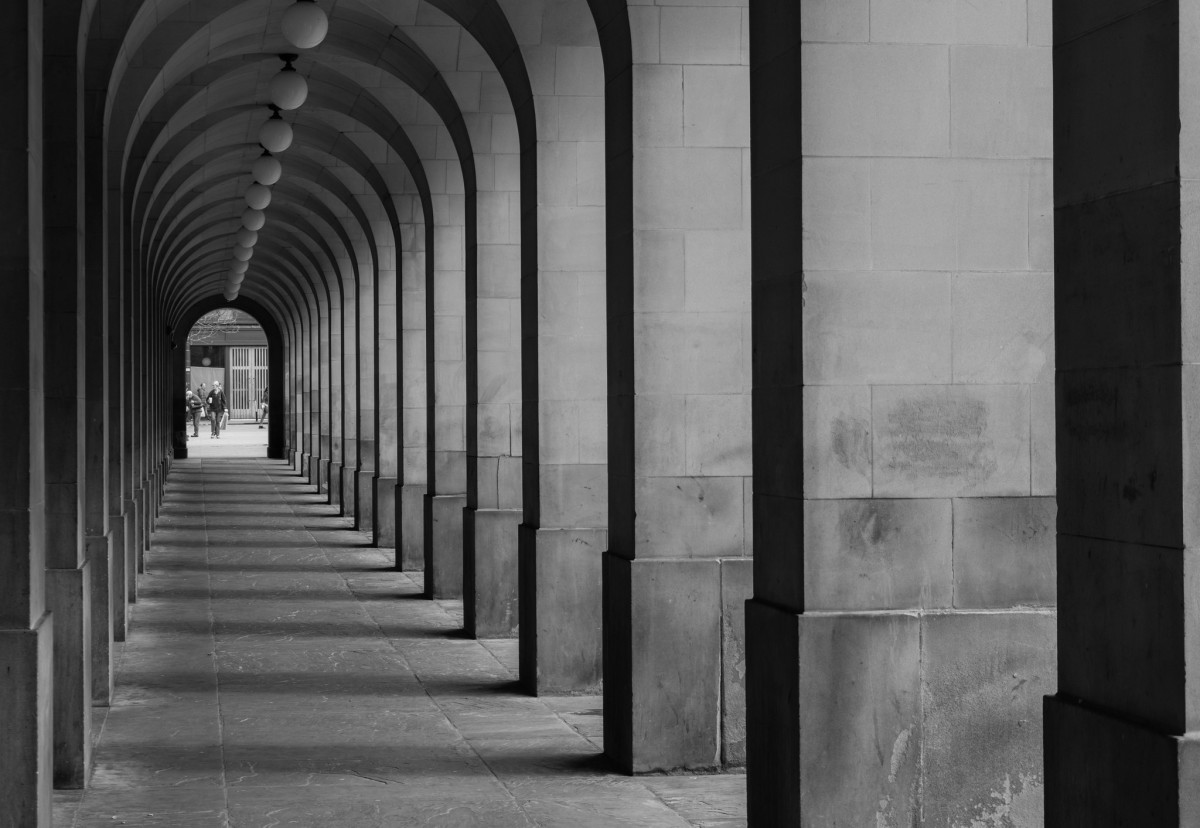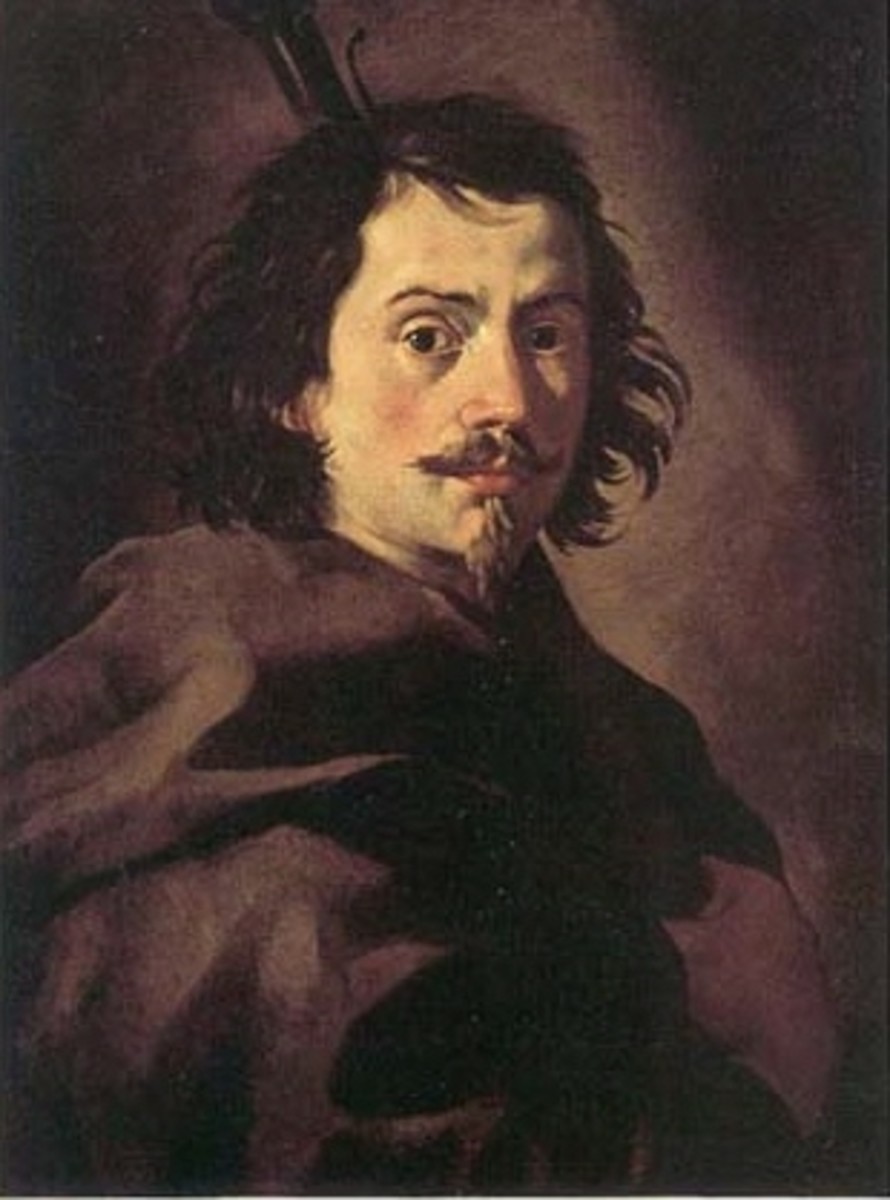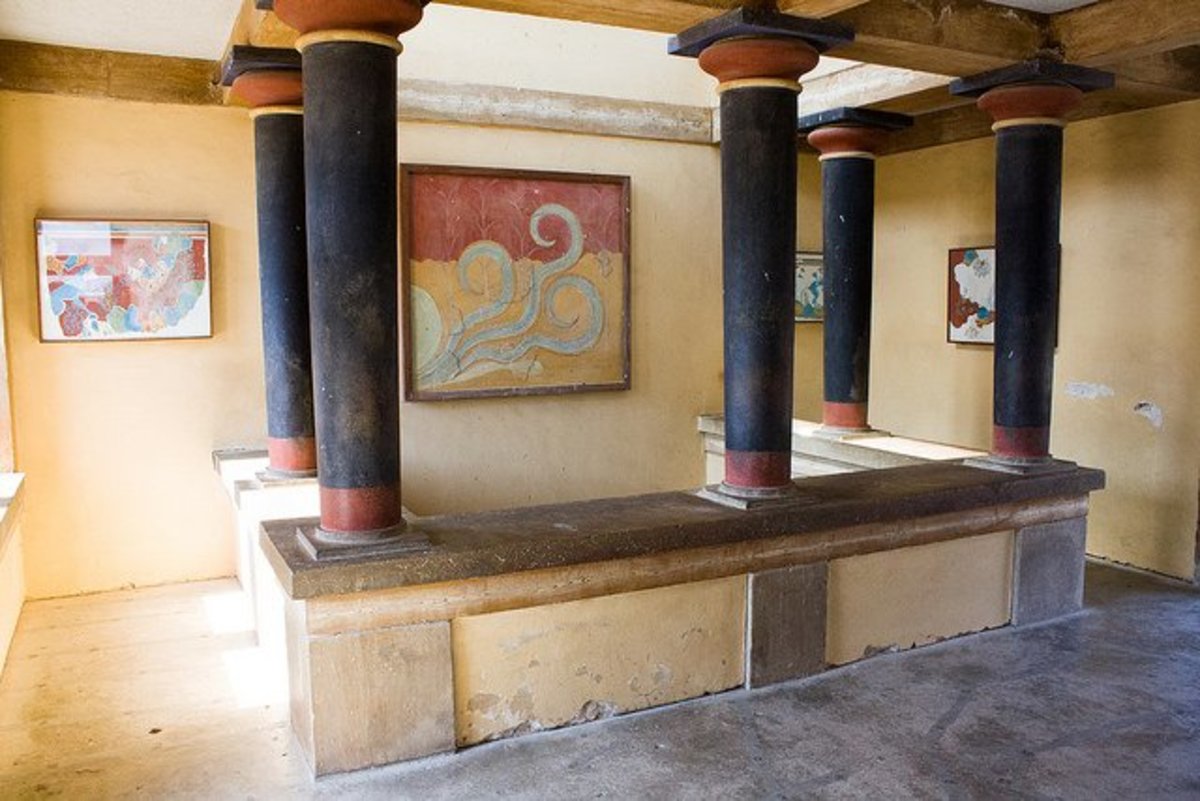Elements of the Machine Age Architecture
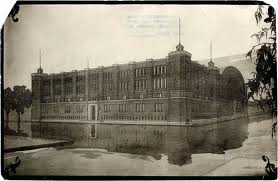
The Industrial Revolution started in English during the mid-18th century kicking off a new era. Steam power provided productive machinery, ship products world wide, and more industrious middle classes. Conservative architects found their world shaken and needed to focus on new theories. Though there were many benefits during the Industrial Revolution, architects were not always noticing the benefits. They were forming into professional institutes since the Revolution threatened to mechanize their aged art.
The early structures were surprisingly beautiful, such as the iron bridge. However, many of the first monuments were designed and built by engineers. Architects were a little busy at the time trying to provide arguements about the uncultivated work of engineers. During this time, there existed a battle of the styles to see what the future of architecture would turn into. New materials entirely changed engineering, such as steel and reinforced concrete. They brought dramatic changes int he way buildings were constructed and caused new design avenues. Now the walls of buildings did not have to carry their own weight! This time was truly a revolution.
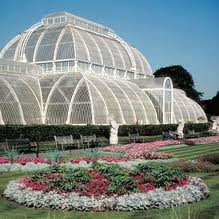
Curved glass
Curved glass created an influential design that had never been seen before. Astounding architects such as Burton and Turner made use of cast and wrought iron with glass to create a new style that inspired visitors across the globe. The glass provides smooth curves at gigantic heights. The structure in the photo is the Palm House in Kew Gardens, London. A gorgeous view of design and a structure with assurance.
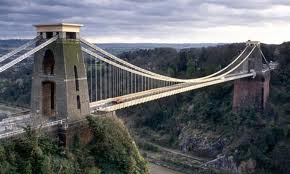
Engineering Design
During the industrial age, bridges became an area for engineers rather than architects. One designer, Brunel, mixed two combinations to create his own type of design. He used his engineering genuis with awe inspiring designs from the past. Using Egyptian-style stone, he designed and watched the Clifton Suspension Bridge being built in England. Iron suspension rods hold the heavy bridge to keep the strong structure sound.
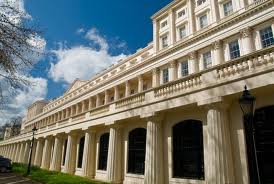
Classical Cast Iron
If you would notice, throughout all of history, Doric columns have always come back in style. They are still used today in expensive homes as a symbol of power and wealth. Doric columns are even used in the southern United States, especially in Louisiana and Texas. During the Industrial World, they were used in construction for government or office buildings to remember who was in charge at the time.
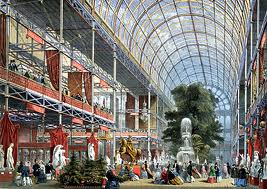
Prefabrication
Iron and glass structures were a valued marvel during this age. Constructed of curving roofs with delicate iron tracery, these creations were well visited and viewed when first made. Think of them as the mall of your local area; widely visited and filled with people to speak of the latest fashions, spread gossip, and socialize. Great expanses of imported plate glass to view while speaking sparked many a conversation.
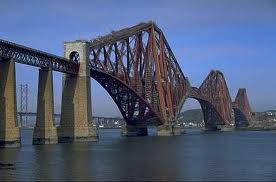
Form and Function
The Forth Railway Bridge in Scotland was designed by Benjamin Baker and John Fowler. The defining feature seems to be the many vast steel trusses. The appearance is very dramatic yet it holds an honest construction. Originally the construction was to pursue a belief in functionalism for the public from the architecture world. The bridge has 54,000 tons of steel and was in construction for eight years.
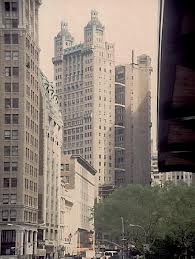
Skyscraper
In 1895 Chicago's 14-story Reliance Building was viewed as revolutionary and the beginning of a new architectural world. In a way, it was a new beginning for the skyscraper. The baby's of the skyscraper often had Gothic features and were prototypes for the 20th-century office towers.
City Attractions
One attraction created a spark of every city wanting their own city attraction, the Effel Tower. Then every city desired an iron landmark showing off their artistic side. Lisbon chose the Neo-Gothic Santa Justa street elevator. The reason for this choice seemed to be the dramatic transportation between street levels.
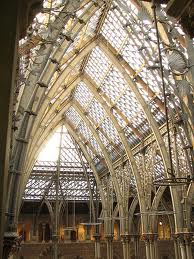
Iron and Glass Roofs
A reminder of Gothic cathedrals was recreated in many public buildings. Iron and glass created spectacular sights and awe inspiring views. Normally to add more of a flair, the roofs are curved or even with a point.
Symbolizing Function
Iron created new design opportunities such as different shapes that could not have been reached before. Many skeletal frames existed with the versatility of iron and forged dinosaur buildings.

